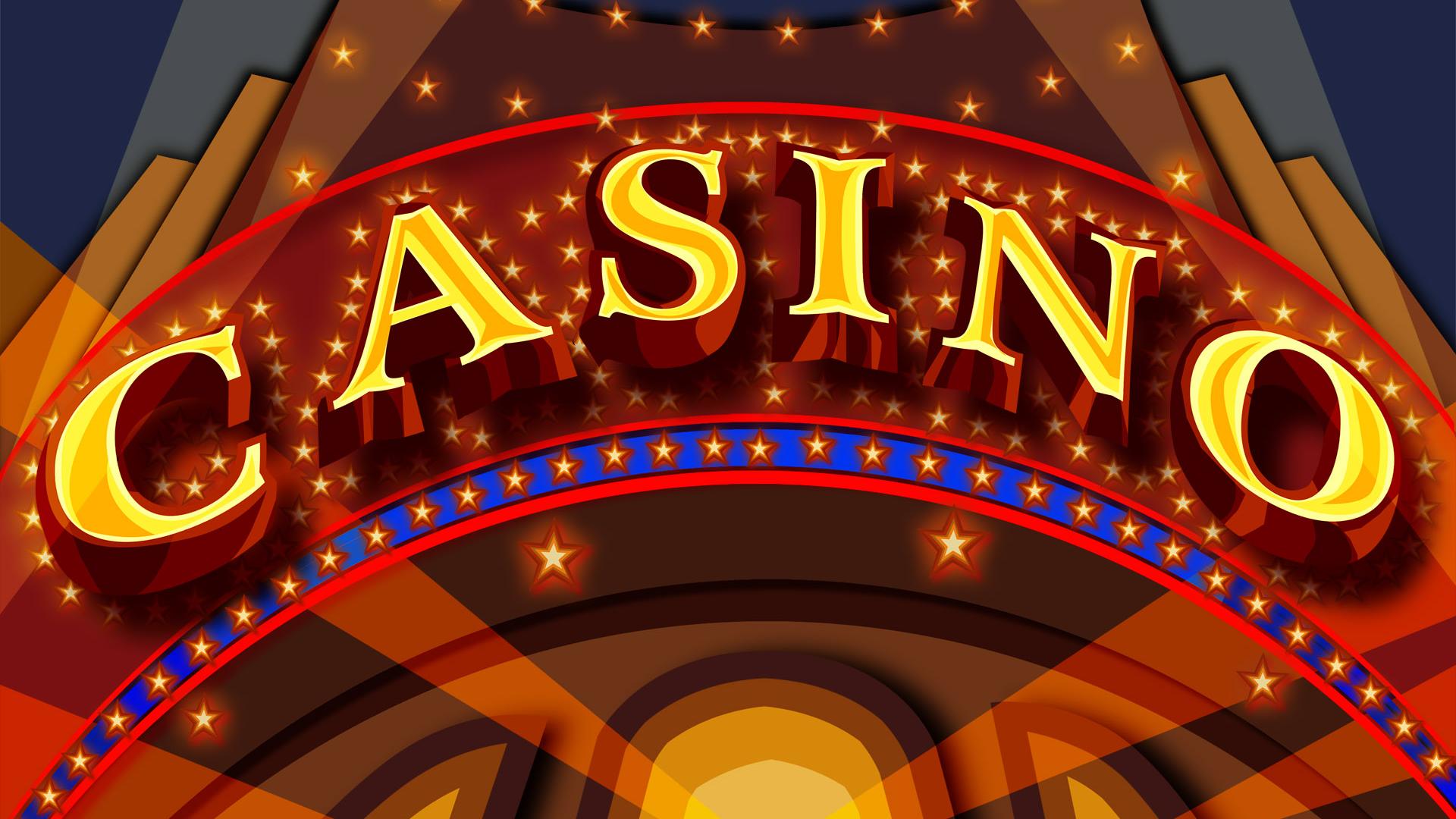
Casino games have long captivated people’s attention, drawing participants into a world filled with chance, tactics, and the allure of thrill. Each experience is carefully crafted not just for enjoyment, but also to elicit targeted emotional responses that keep participants immersed and invested. Understanding the motivations behind these designs reveals much about how behavioral psychology plays a vital role in the gaming experience.
From the bright lights and lively sounds to the sophisticated layering of rules and payoffs, casino games are designed to create an atmosphere of thrill and eagerness. Game designers leverage psychological principles to influence gambler behavior, whether through the use of winning opportunities, almost wins, or social interactivity. By examining these factors, we can better appreciate how casino games fulfill not just a want for entertainment, but deeper psychological needs for adventure and hazard. https://rr88.wales/
Understanding Gamer Behavior
Casino games are crafted with a thorough understanding of player psyche, which is essential for luring and retaining players. The rush of the game, alongside the expectation of winning, establishes a formidable attraction. Game designers make use of elements like audio cues, colorful graphics, and engaging gameplay to engage attention and generate emotional responses. These sensory elements enhance the overall experience, making players feel more attached in the game.
Another significant aspect of player behavior is the concept of risk versus reward. Casino games often manage high-risk scenarios with the potential for considerable rewards, which can cause the event known as near-miss experience. When players come close to winning, the brain releases dopamine, reinforcing their behavior and encouraging them to persist playing in quest of that hard-to-reach win. This cycle of wish and letdown plays a critical role in how games are constructed and advertised.
Lastly, community aspects also play a central role in player behavior at casinos. Many games are designed to be played in groups or with other players, creating a sense of community and shared experience. The interaction inherent in games like blackjack enhances enjoyment and can culminate in longer play sessions. Designers take advantage on this by designing environments that prompt players to linger, interact, and revisit, making the overall casino experience more inviting.
The Role of Imagery and Sound
Visuals and audio play a crucial role in enhancing the gambler’s experience within gambling games. Designers utilize vibrant colors, eye-catching graphics, and captivating animations to capture gambler’s attention and sustain their focus. The use of themes, such as adventure or opulence, helps create an immersive atmosphere that transports players into a different world. By appealing to the senses, these elements add to a intensified emotional response, prompting players to engage more deeply with the games.
Audio design is just as important in reinforcing the experience of casino games. The mix of background music, audio effects for winning combinations, and environmental noises creates an sound landscape that holds players fascinated. Sounds associated with wins, such as ringing bells or festive music, evoke feelings of excitement and reward, prompting players to keep playing. These audio cues are strategically placed to amplify the excitement of the game and create a more immersive experience.
Additionally, the synchronization of visuals and sound is crucial for reinforcing the game’s overall concept and atmosphere. Each element should align seamlessly to create a cohesive experience that draws players in. The effective use of this integration not only enhances user satisfaction but also increases the chances of return play, as players become more engaged in the immersive world that the gambling games offer. This thoughtful integration of imagery and sound ultimately enhances player engagement and loyalty.
Reward Structures and Engagement
The development of gambling experiences significantly depends on incentive structures to keep players engaged and returning for more. These structures are rooted in psychological theories that take advantage of human nature and motivation. Participants are often driven by the thrill of success, which is reinforced by instant responses through the game structure’s mechanics. This prompt satisfaction not only enhances the overall experience but also fosters a sense of achievement, encouraging players to keep playing in hopes of bigger rewards.
Casinos implement various incentive systems, such as large payouts, extra rewards, and multipliers, to captivate participants. These features create a level of thrill that sustains interest. Additionally, the unpredictability of results plays a significant role in keeping interest. The variable reward system, where successes are random but happen often enough, keeps participants on edge and driven to continue participating. This cycle of hope and anticipation is essential to the effectiveness of casino games.
Moreover, community aspects, such as tournaments and collaborative options, enhance the engagement factor by tapping into the desire to compete of participants. The communal aspect of gaming with fellow participants can amplify the excitement of winning and create a community atmosphere within the casino. By integrating these community elements with efficient incentive structures, casino games don’t just provide fun but also foster a deeper bond among participants, solidifying their commitment to the gaming experience.
